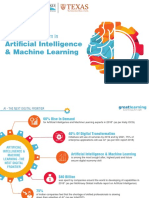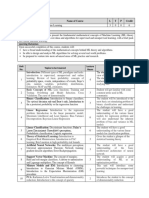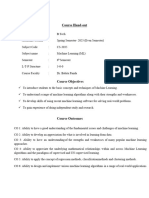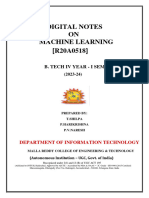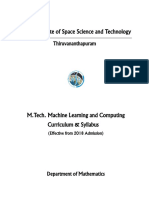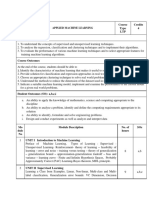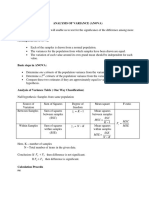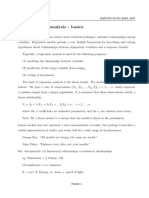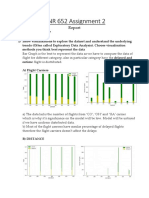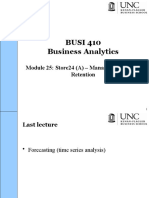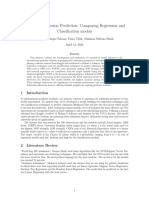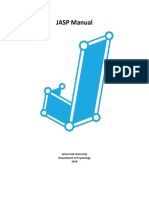0% found this document useful (0 votes)
15 views2 pagesMachine Learning
This document outlines the objectives and units of a machine learning course. The objectives include understanding supervised learning, unsupervised learning, and probabilistic graphical models. The 5 units cover introduction to machine learning, supervised learning, unsupervised learning, graphical models, and advanced learning.
Uploaded by
jon higkCopyright
© © All Rights Reserved
We take content rights seriously. If you suspect this is your content, claim it here.
Available Formats
Download as PDF, TXT or read online on Scribd
0% found this document useful (0 votes)
15 views2 pagesMachine Learning
This document outlines the objectives and units of a machine learning course. The objectives include understanding supervised learning, unsupervised learning, and probabilistic graphical models. The 5 units cover introduction to machine learning, supervised learning, unsupervised learning, graphical models, and advanced learning.
Uploaded by
jon higkCopyright
© © All Rights Reserved
We take content rights seriously. If you suspect this is your content, claim it here.
Available Formats
Download as PDF, TXT or read online on Scribd
/ 2












